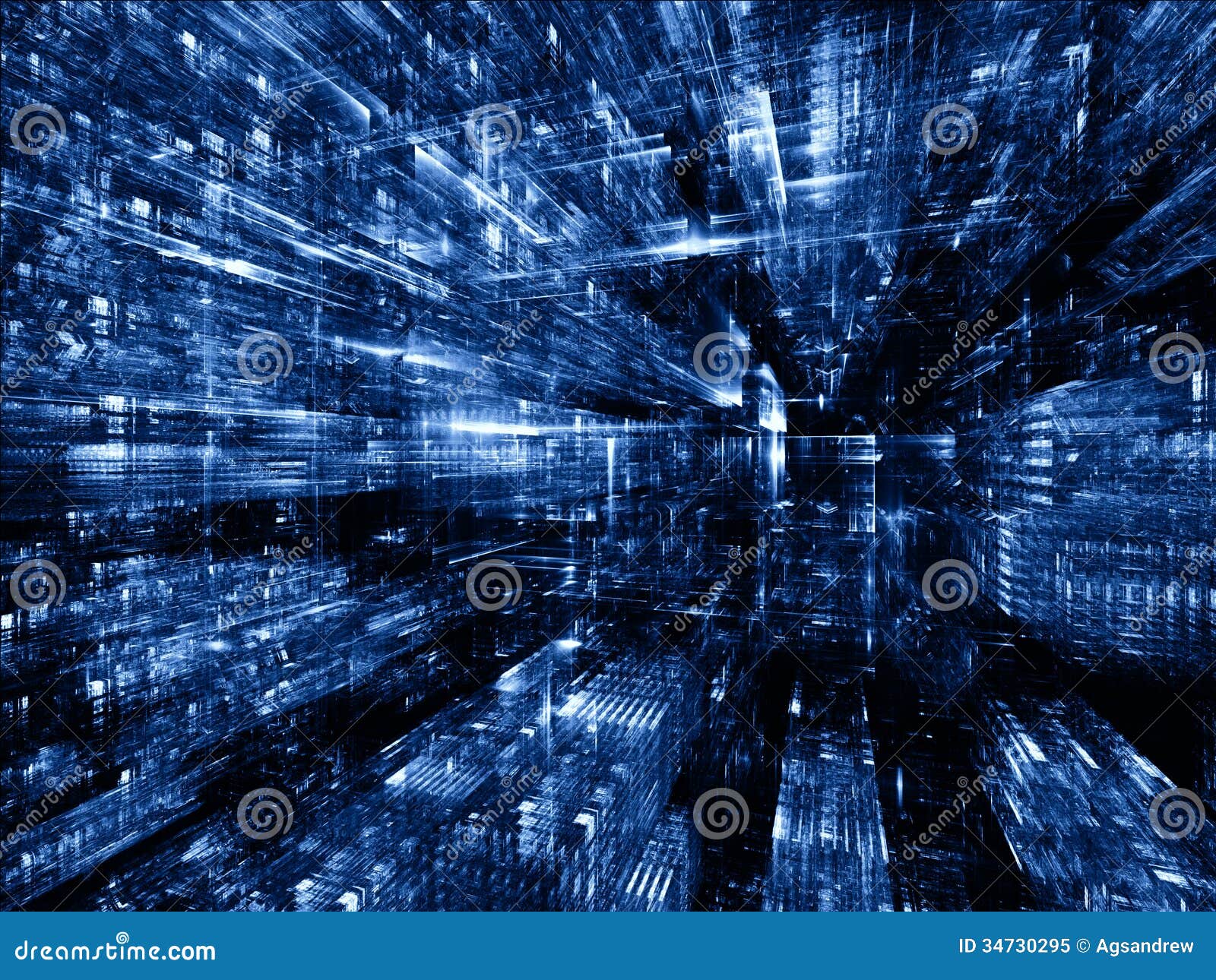
Their work is also an example for a fluent transition between graph theoretical approaches and molecular feature based approaches.īesides the efforts to describe molecular complexity with a single value, physico-chemical descriptors have been used for decades to obtain a number for molecular features like complexity 17, 18. A more general approach was developed by Rücker and Rücker 16, utilizing a program to count walks on a molecular graph. Similarly, Allu and Oprea 15 used the number of chiral centers, added fused rings, functional groups, and electronegativity to calculate molecular complexity. Whitlock used the number of rings, unsaturated bonds, hetero atoms, and chiral centers to calculate the complexity of natural products 13, an algorithm later simplified by Borone and Chanon 14. The domain-centered approach and the limited set of chemical elements and substructures used in organic chemistry, especially in medicinal chemistry, triggered the idea to develop another class of complexity measures for organic molecules by counting molecular features. Based on the ideas of Bertz, Proudfoot has recently derived a molecular complexity measure that summed up the complexity of every atom environment in a molecule 12. Randic introduced the ‘molecular connectivity index’ which he employed to calculate molecular complexity 11. 10 later simplified the algorithm of Bertz and introduced correction for molecular symmetry. In a more recent publication, Bertz and Herndon took the total number of subgraphs as measure for molecular complexity 9. A central term in his complexity considerations was the number of ways a subgraph can be cut out of a graph. Bertz introduced the idea of using graph theoretical invariants for complexity calculations on chemical structures. Independently from Rashevsky and Bonchev’s work, Bertz published a method to calculate a complexity index for a molecule 8, also relying on the Shannon entropy. As many other complexity measures, the topological complexity increases with the number of atoms and bonds. The topological complexity was based on the total number of connected subgraphs of the molecule 7. Based on the work of Rashevsky, Bonchev used the topological information content to calculate molecular graph features 6. Decomposing a graph into its sub-graphs, while considering symmetry, was used by Mowshowitz for measuring graph complexity 5. Rashevsky used terms ‘complexity’ and ‘information content’ synonymously. Rashevsky suggested a formula to calculate information content of molecules, based on the Shannon entropy 4. In 1955, Rashevsky 3 aimed to calculate the information content of a living organism and, therefore, needed to know the information content of its integral parts such as organic molecules. Conversely, the accessibility of synthesis is a combination of intrinsic and extrinsic molecular properties as it depends on the applied educts, reagents and reaction conditions.Īs pointed out above, molecular complexity naturally is a topic for chemistry however, it originates in biology. Molecular complexity is an intrinsic feature that depends only on the molecular structure but, nevertheless, provides an estimator for the synthetic effort 2. A lot of the work mentioned below was triggered by the need to assess molecular complexity related to chemical synthesis.

The lack of a common definition for molecular complexity recently resulted in a crowd-sourced approach 1. Still, no common definition of the term ‘molecular complexity’ is currently available, even though it is a matter of daily discussions in synthetic organic chemistry laboratories. Objects like boxes and cylinders have length, width, and height, describing a volume, and are 3-dimensional.Molecular complexity has been a topic of research for more than sixty years. Things like boxes and circles are 2-dimensional, since they have length and width, describing an area.

Something like a line is 1-dimensional it only has length. To explore this idea, we need to discuss dimension. If this process is continued indefinitely, we would end up essentially removing all the area, meaning we started with a 2-dimensional area, and somehow end up with something less than that, but seemingly more than just a 1-dimensional line. For example, notice that each step of the Sierpinski gasket iteration removes one quarter of the remaining area. In addition to visual self-similarity, fractals exhibit other interesting properties. Determine the fractal dimension of a fractal object.Scale a geometric object by a specific scaling factor using the scaling dimension relation.
FRACTAL DIMENSION GENERATOR


 0 kommentar(er)
0 kommentar(er)
